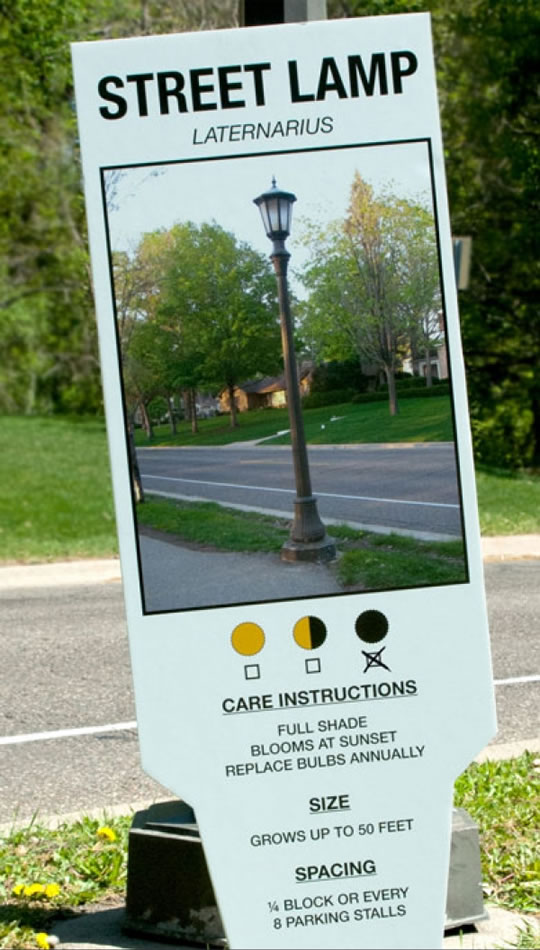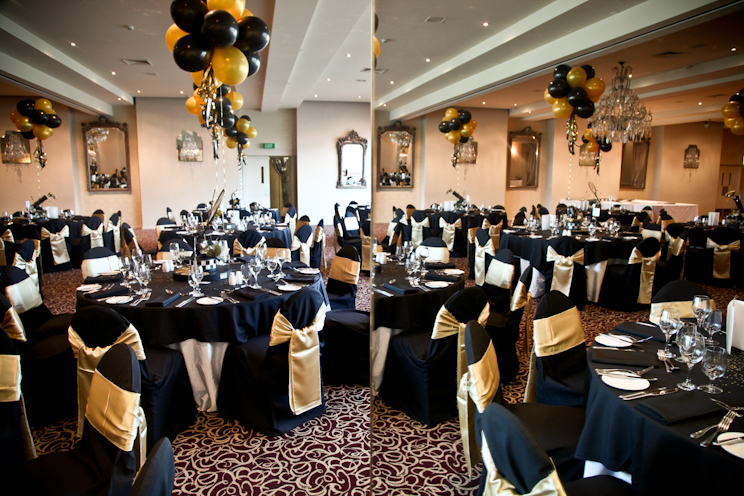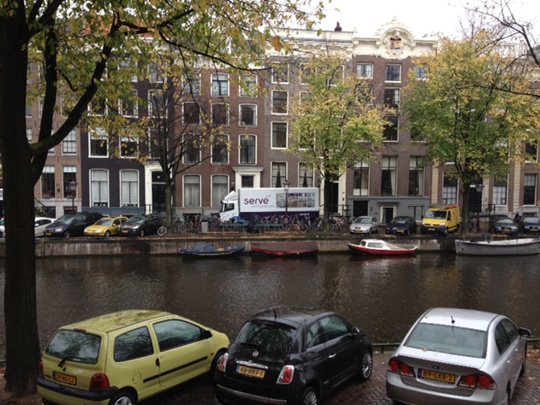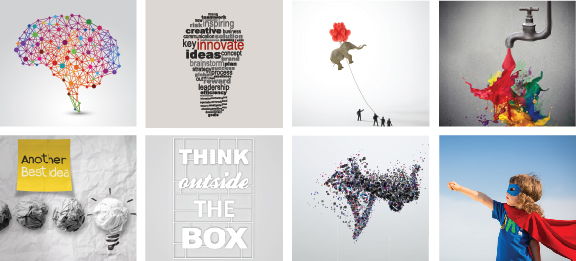Logistics can be a tricky market but as Grant Gurney, general manager business development for Yusen Logistics explains to Marketing Eye, an integrated business model is the way forward.
Yusen Logistics was born on October 1, 2010, of a merger between the NYK Group’s freight forwarder, Yusen Air & Sea Service, and its domestic logistics company NYK Logistics.
The merger occurred as a direct result of the Global Financial Crisis. The GFC had hit many of the world’s largest shipping companies and NYK wasn’t exempt. However, it was strong enough to survive, despite the challenging time.
According to Grant, the GFC meant that NYK Group recognised that it was impractical to have two main logistics providers as subsidiaries that were competing with each other.
“They recognised it was time to take advantage of the synergies and integrate the two companies.”
To do this in Australia proved simple and was conducted in good spirit.
“In actual fact the two businesses complemented each other very well,” Grant says. “Yusen Air and Sea was very strong on the freight forwarding side and did very little contracting logistics work. NYK Logistics on the other hand were very strong in contract logistics and domestic transportation, but did little in the way of freight forwarding.”
The company has, since April 1, 2011, been integrating its overseas logistics operations, growing into what is now a global comprehensive logistics network boasting operational bases in 36 countries throughout the world.
It is this integration that makes the company so attractive to clients.
“It makes it easier for our customer base. If you look at our point of difference, compared to the supersized logistics providers such as DHL or Toll Holdings and compare what they offer, they cannot offer a total logistics solution for any one of their entities. Toll has 53 different business units, so if they talk to you about different services, they bring a separate salesperson for each service. Yusen Logistics can offer a fully integrated solution.”
Yusen itself sees the industry in transition from ‘Specific-Optimal’ to ‘Total-Optimal’ when it comes to client needs. While in the past logistics companies were expected to offer services that were seen as separate and distinct, such as freight forwarding and warehouse storage, today’s client demands an approach that takes a holistic view of the supply chain by integrating a variety of logistical functions to provide optimised logistical solutions.
To meet the evolving demands of clients, the Yusen Logistics Group offer a true ‘one-stop service’ through a service lineup that enables rapid response to their international logistics needs.
Grant also believes that the traditional founding philosophy of Yusen’s Japanese parent is also what makes the business a success.
“We are very aware of the NYK Group’s core values, particularly the three is: innovation, intensity and integrity.
“Intensity means always striving to be the best and to produce the best outcome for yourself and your customer; integrity is being honest with yourself and giving it your best effort and innovation is always looking to do things better. We have a strong commitment to Kaizan (change for good, or continuous improvement). We have a strong adherence to this principle and are audited several times a year in terms of our Kaizan.”
The Japanese are well known for quality and a high degree of integrity and innovation, so getting the message across the organisation was not that difficult. It is embedded and runs through every other business practice.
For Yusen, part of their integrity is to offer their clients a plus one option. This means if the client wants third party warehousing, they can also be offered an ocean freight import service, or customs brokerage.
For Grant, the ability to offer this fully integrated service means that Yusen will no doubt meet its goal to be a top five freight forwarder globally by financial year 2015. To do this they must expand their ocean freight forwarding.
“To expand our ocean freight forwarding business is the main area of focus and through that we can expand other areas. We are on the cusp of being a top five air freight forwarders, but nowhere near that with ocean freight.”
Yusen Logistics boasts 1,600 employers, 427 locations and a total of two million square metres of warehousing under management. Suffice to say, this is a large operation, which Grant believes can only get bigger.
His own experience in freight forwarding and shipping means the company is in good hands. In fact Grant has experience as a client and provider.
“I have sat in our clients’ shoes. I’ve worked as a group purchasing and supply manager in New Zealand for a large manufacturer and importer, worked in shipping lines and freight forwarding companies.”
It means he brings an empathy, which may be lacking in other companies. It also means he has the know-how to reach his targets.
“When I came in to the company, we were known as Yusen Air and Sea Service. I joined in 1999 and the main objective was to grow our ocean freight service which we did successfully and we moved away from predominantly Japanese customers to grow our non-Japanese business globally.”
The next global target is to reach one million TEU, (20 foot equivalent units) to be forwarded around the world.
“We currently move around half a million per year,” Grant says. So the year on year target is around the 30% mark.
“The bulk of our focus is business development in that area.”
Yusen Logistics main focus is to expand the business through new custom. To do this, they will take a vertical, industry-centric approach.
“We can’t be all things to all people. Some verticals we are good at handling and we have the infrastructure to support those industries. To grow it is important to play on our strengths and not waste time on bids we can’t win.”
It is this practical approach, the knowledge of what can be done and what can’t, the commitment to company philosophy and the ability to offer a fully integrated service that sets the company apart.
In short, these company traits are the quintessence of Kaizen.
If you are interested in Yusen Logistics, visit their website at http://www.au.yusen-logistics.com/index.html















